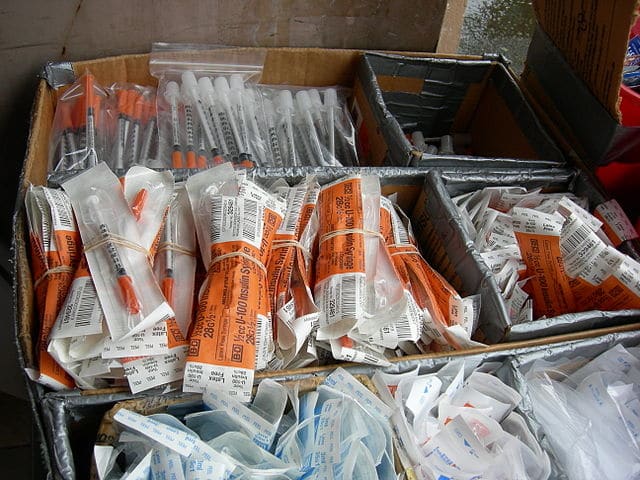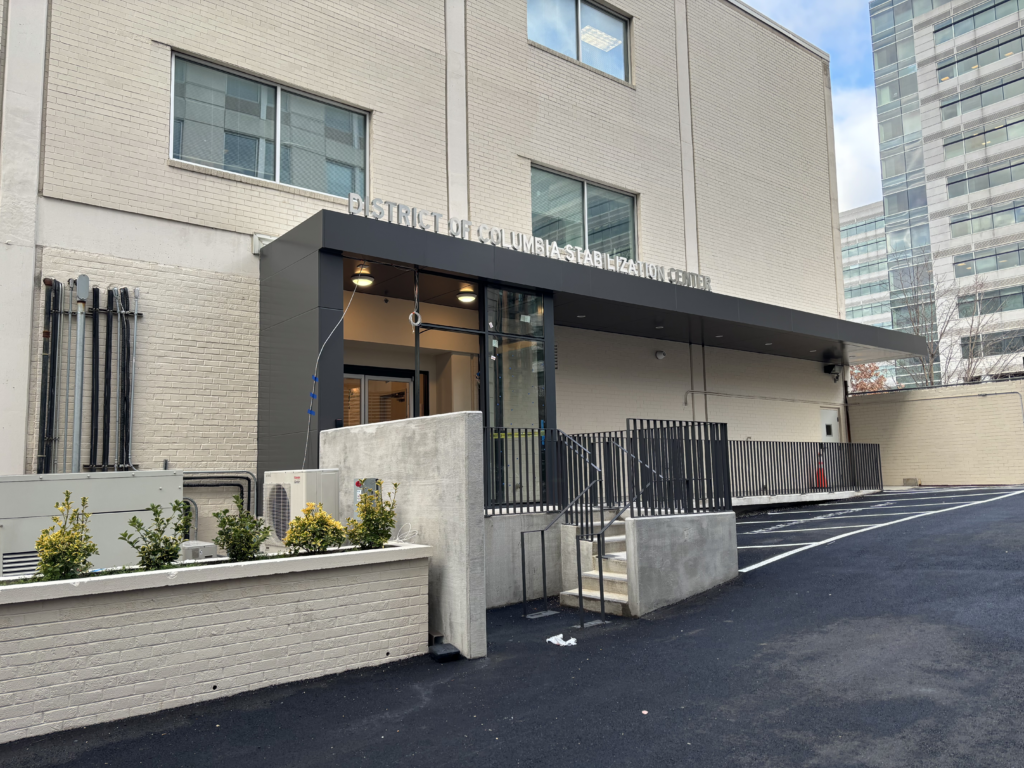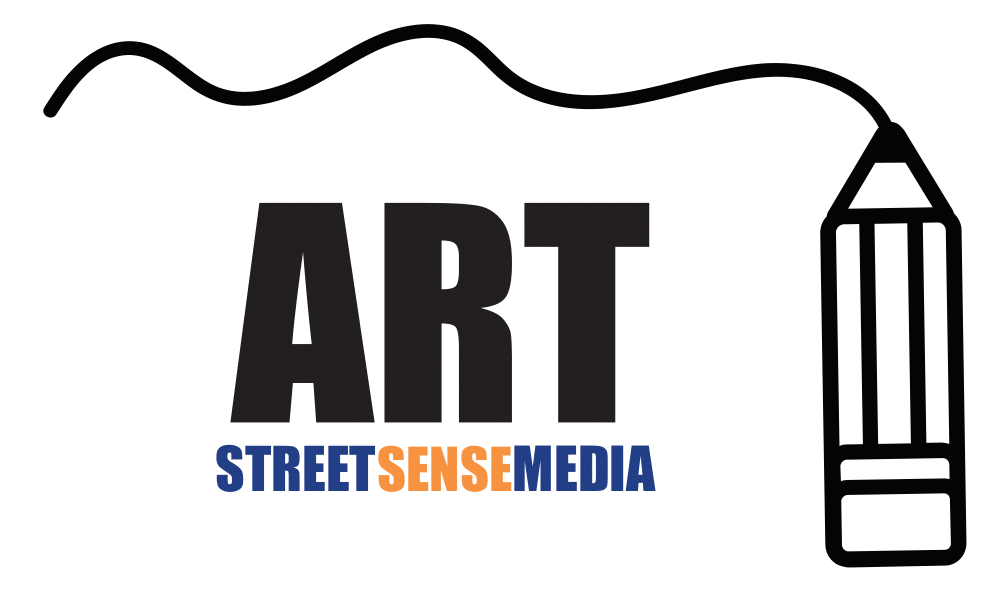In 2018, Washington, D.C. reported 213 opioid-related overdose deaths, or 30.3 per 100,000 people. Overdose fatalities ended the lives of over 70,000 Americans nationally, at a rate that is accurately described as a crisis — 14.6 per 100,000 people — but that is less than half of the District’s. Through testing of drug samples by Ward, the harm-reduction nonprofit HIPS estimates that over 90% of the street heroin supply in D.C. contains fentanyl, a deadly synthetic opioid that is 50-100 times more potent than morphine. Fentanyl has been involved in the majority of overdose fatalities within the past few years.
Last December, in response to widespread criticism for political inaction, Mayor Muriel Bowser’s office, in partnership with the Department of Behavioral Health, announced their “LIVE. LONG. D.C.” plan with multiple goals, including reducing “opioid-related deaths by 50 percent in 2020.” While HIPS has finally been equipped through this initiative with an ample supply of naloxone, the medication used to reverse opiate overdoses, this goal falls short of the reality that overdose deaths can be entirely preventable. In fact, we have a model that’s been successfully replicated in 10 countries over multiple decades to prove it: safe consumption spaces (SCSs).
In six years of doing outreach with HIPS, I’ve witnessed firsthand the impact of providing syringe exchange, safer injection equipment, naloxone, linkage to care, and other essential services for people who use drugs. But outreach efforts and harm-reduction supplies cannot on their own heal the extreme stigma many people who use drugs face, which perpetuates social environments ripe for fatal overdose.
And, of course, they cannot on their own, solve our drug crisis, which is born from a complex intersection of structural racism, poverty, a lack of accessible healthcare and affordable housing, criminalization, and a poisoned and largely unregulated drug supply.
At HIPS, we provide naloxone and other harm-reduction services to residents at the highest risk of overdose or of witnessing loved ones overdose. As a society, however, we do not acknowledge this essential gap in services that SCSs fill. Instead, we have normalized sending off people who use drugs to use on the streets, alone, or in other high-risk settings.
My friend fatally overdosed just over a year ago, on April 6. She texted me the night she died, saying she felt too ashamed to accept help. This feeling was compounded by a lack of response from the several treatment centers she had contacted shortly before her death. She had overdosed multiple times before while using alone and had been revived by EMTs, with no follow-up from medical professionals. I can’t say with certainty that she would have chosen an SCS over using alone, but I do know that she felt she had “burdened” her family and friends too much already.
She wanted the type of direct help that an SCS provides. I believe she would have at least considered using an SCS, particularly because of the low-barrier way in which most operate. Regardless, she should have been provided with that option and might still be alive today had it been available to her.
Safe consumption spaces are not just a stopgap for overdose prevention, although no one has ever fatally overdosed at any of the more than 120 SCS locations worldwide. They are places where people who use drugs can receive broader medical services, such as wound care, HIV/Hep-C testing, case management, medication-assisted treatment or linkage to treatment, and additional services that HIPS and other harm-reduction organizations already offer.
They are also places where people with any type of substance use issue can use safely. While opioids were involved in 64% of D.C.’s intoxication deaths in 2018, there were at least 299 deaths overall related to intoxication that an SCS could more broadly address. Most importantly, when operated successfully, they are run by compassionate, competent service providers who are ready not just to respond to an overdose, but who are also able to look past stigma to see the full person in front of them, regardless of what stage of use they may be in.
The shame my friend felt that led her to use alone is in no way a reflection of her character. She was a beautiful person and an amazingly compassionate friend whose life had immense, irreplaceable value. Using drugs, which she did to cope with significant personal trauma and chronic health conditions, does not change that. Instead, her shame is a mirror for us, as a culture, and how much we’ve utterly failed people who use drugs.
Her last words to me, a person who has worked in harm-reduction for my entire adult life and who was living 10 minutes away from her at the time, were, “Just stop. I don’t deserve friends this good.” The truth is that she deserved so much more from all of us. She deserved so much more from a system that will again fail 70,000 Americans this year. She didn’t just need naloxone or treatment; she needed a place to use safely, supported by non-judgmental healthcare providers until she was ready to gradually taper off of the substances she used.
Highlighting naloxone access within the past couple of years has forced us to acknowledge the painful reality that we’ve lost so many D.C. residents to preventable overdoses. We need to name that for what it is: a systemic failure to protect people who use drugs, particularly those most vulnerable due to racism, poverty, disability, and related social factors.
I envision a future where we can look back and say we learned from the enormous loss of life we’ve already sustained, that we finally began to treat people who use drugs with the dignity and respect all people deserve. In the midst of our overdose crisis, establishing D.C.’s first safe consumption space is an essential step to recognizing that vision.







